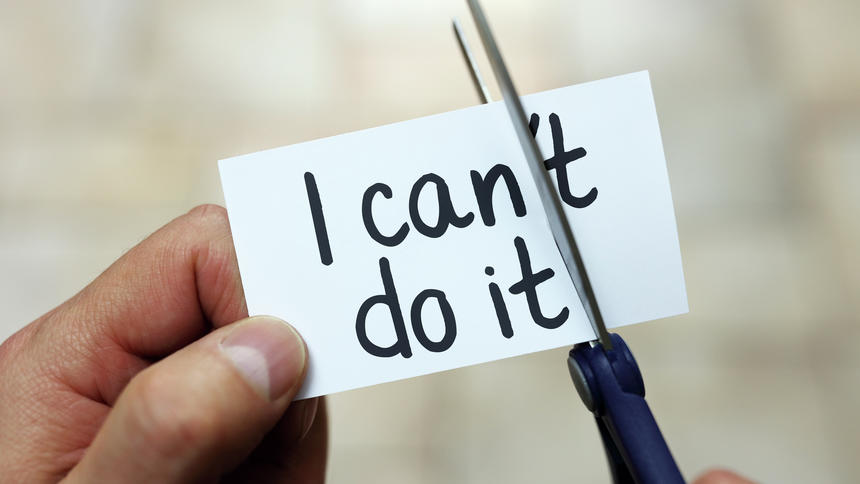by Phillip Stoller
What is Learned Helplessness
Have you ever been in a business partnership that seemed doomed from the start, but you just kept hanging on? Do you know anyone in an intimate relationship that seems emotionally painful and abusive, and yet they just can’t leave? Perhaps you have an employee whose bad behavior you have become convinced that you just have to accept. Why is it that we often stay in painful situations, feeling hopeless to affect positive change, when those around us are telling us that there are ways out?
Researchers have been studying questions like these for quite some time and have labeled this behavior as “Learned Helplessness.” Psychologists first became aware of Learned Helplessness in an experiment in which Dogs remained in an open cage which was wired to deliver an electric shock. Researchers believed that the dogs endured the shock because their previous experience had taught them that they were “powerless” to escape it.
They went on to explore whether humans can also be taught to believe that they are helpless over their environment. The research has shown that humans can not only learn helplessness, but that this sense of helplessness can persist into situations in which we actually have the power to exert change. When we learn that we can escape an unpleasant experience, that learning goes on to shape our behavior in future experiences. In like manner, when we learn that we are powerless to escape a painful or unpleasant experience, then that learning also goes onto shape us. If we find ourselves enduring painful treatment from a business partner, employee, or significant other; it is possible that there is an underlying belief that we are helpless to change the current situation due to previous failed attempts.
As Psychologists continued to study Learned Helplessness, they began to understand it as not only a factor in difficult relationships, but also a powerful contributor to mental illnesses. Learned Helplessness begins to answer some of the questions of how mental illnesses emerge, and what cycles work to perpetuate them. People have long noticed that different people can experience very similar traumatic events without the same outcome to their mental health. It would seem that painful experiences, in and of themselves, do not lead one to helplessness; but painful experiences we believe we cannot escape often do.
The Protective Effect of Optimism
Inescapable pain often has a profound and harmful impact on people, but inescapable pain does not always lead to learned helplessness. In the human studies, Researchers also noticed that about 1/3 of the participants did not go on to demonstrate the symptoms and beliefs of helplessness. This resilient group of people continued working to escape the unpleasant circumstances set up in the studies. It appeared as though they possessed an immunizing factor which protected them.
As researchers studied this ability to resist helplessness they began to find similarities in the beliefs. They labeled the beliefs of the group immune to helplessness as Optimism, and the beliefs of the group that was vulnerable as Pessimism. Pessimism is anchored around three core beliefs about negative circumstances encountered in life, and optimism is centered around the opposite of each belief. A pessimist’s beliefs can be summed up by 3 P’s:
- This experience is Permanent: “it will never change”
- This experience is Personal: “it’s all my fault”
- This experience is Pervasive: “I can’t do anything correctly, I am bad at everything”
An Alternative to Helplessness: Learned Optimism Exercises
The exciting news is that Optimism can also be learned. Researchers have gone onto develop techniques which help us to become more optimistic by either examining and reconsidering the beliefs which lead to pessimism or reinforce the beliefs which lead to optimism. The following exercises are a few ways to start:
- Challenge the 3 P’s: The next time you become aware of Level 1
Beliefs and Emotions, challenge each of the three P’s by asking:
- In what ways is the current situation temporary?
- How many factors outside of myself have contributed to the situation?
- What are the things I do really well?
- What Went Well Today Journal?: This exercise was developed to increase our sense of gratitude which is linked optimism and well-being. At the end of the day, take a moment to reflect and then journal 2-3 things that went well during your day. If negative events come up, let them go and focus on what was good.

